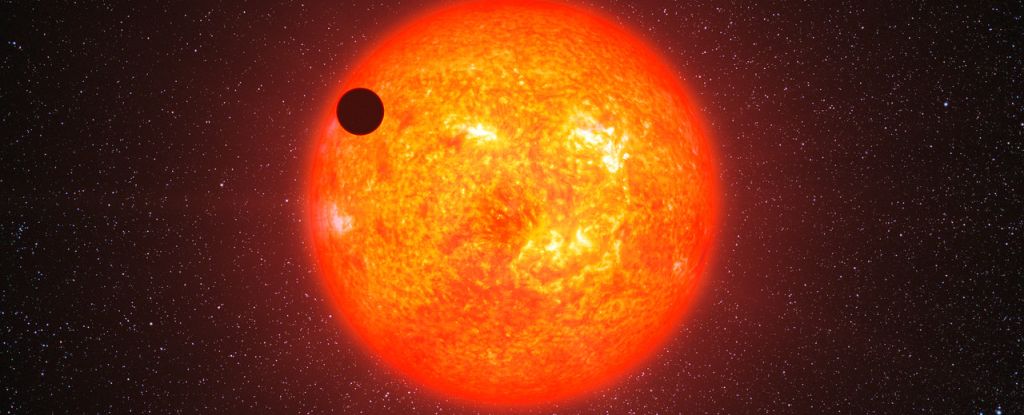Have you ever wondered why we are here, or how Earth-like planets form and evolve in different ways? A recent discovery of an exoplanet orbiting a tiny star not far away might help shed some light on these questions.
K2-415b, discovered by an international team of astronomers led by Teruyuki Hirano of the Astrobiology Center in Japan, is an exoplanet almost exactly the same size as Earth orbiting a red dwarf star. This exoplanet is one of the lowest mass stars known to host an Earth-sized transiting planet, making it an interesting target for further study.
The Milky Way galaxy is a big place, with lots of interesting worlds in it, but so far it has proven evasive on one of the biggest questions humanity has ever asked: why are we here? And not just why, but how, and why this planet, and is there anywhere else out there where life could potentially happen?
The best population of exoplanets to start this research is small, Earth-sized worlds orbiting small stars, relatively nearby, in such a way that they transit, or pass between us and the star. That’s because they’re the best candidates for characterizing an atmosphere. As the exoplanet passes in front of the star, a fraction of the star’s light will pass through an atmosphere, with some wavelengths on the spectrum being absorbed or amplified by elements in the atmosphere.
K2-415b is 1.015 times the radius of Earth, orbiting one of the smallest red dwarf stars found hosting an Earth-sized world. The star, K2-415, is just 16 percent of the mass of the Sun, and the exoplanet has an orbital period of just four days. Although the exoplanet is about Earth-sized, its mass is much higher, around three times that of Earth. This means that K2-415b is denser than Earth, too.
K2-415b sits just inside the rim of K2-415’s habitable zone. That could mean that it still has an atmosphere to probe. In the Solar System, Venus is just inside the habitable zone, and its atmosphere is a dense and intriguing horror show. It’s also possible that K2-415 is a multi-planet system; this raises the possibility of a currently undetected exoplanet in the star’s habitable zone.
So we’re unlikely to find signs of life on K2-415b. But the system represents an excellent target for exoplanet atmospheric characterization, and follow-up surveys looking for hidden, potentially life-harboring worlds.
This discovery of K2-415b is an important step in understanding the formation and evolution of Earth-like planets, and could help us answer big questions about our place in the universe.
Source: www.sciencealert.com
